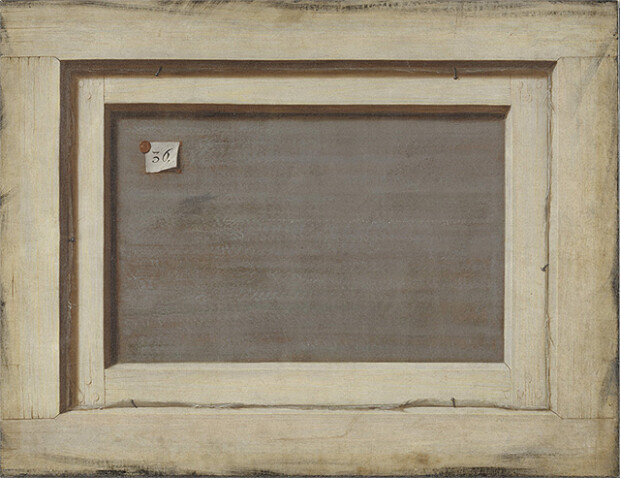‘Fooling the Eye’ paintings
‘Fooling the Eye’ paintings
Posted November. 21, 2019 07:33,
Updated November. 21, 2019 07:33

There is an unusual painting at the National Gallery of Denmark in Copenhagen. It is one of the most well-known pieces in the Gallery, but no one has seen the front side of this painting, because only the back side is shown. “Why is the painting turned over? Maybe it is still being prepared?” one may ask when discovering the painting on the floor, not on the wall.
This painting has never been turned over before, because it was painted at the back of the frame. It appears to be a piece of modern art, but it was drawn by an artist from northern Europe 350 years ago. Cornelis Norbertus was a Flemish artist known for his “trompe l’oeil” paintings, or “fooling the eye” in French, refers to a style of painting in which objects are depicted with photographically realistic detail. In simple terms, the origin of “trick art.”
In 17th-century Europe, it was popular among royalties and gentries to decorate their parlors with rare objects or artwork. In German, this was called as wunderkammer, meaning “chamber of wonder.” Norbertus worked in Germany and became a court artist for King Frederick the Third of Denmark in 1668. During his four years in Copenhagen, he painted about 22 trompe l’oeil paintings, mostly still life, paper files, art supplies against walls, etc. but the theme of this painting, interestingly, is the backside of the painting. The canny artist so capable of creating sophisticated painting of complicated structures spent four years simply finishing the backside of a simple painting. How did the king react to the painting? No doubt that he couldn’t believe his eyes.
Such “fool the eye” paintings allow us to reflect on not only the limits of our sight but the limits of our awareness. They tell us that what we see is not always the truth. The artist also might have wanted to tell us that the truth is always beyond what we view on the outside, hence the need to cultivate insights.
Headline News
- N. Korea launches cyberattacks on S. Korea's defense companies
- Major university hospital professors consider a day off each week
- Italy suffers from fiscal deficits from ‘Super Bonus’ scheme
- Inter Milan secures 20th Serie A title, surpassing AC Milan
- Ruling and opposition prioritize spending amid tax revenue shortfalls







